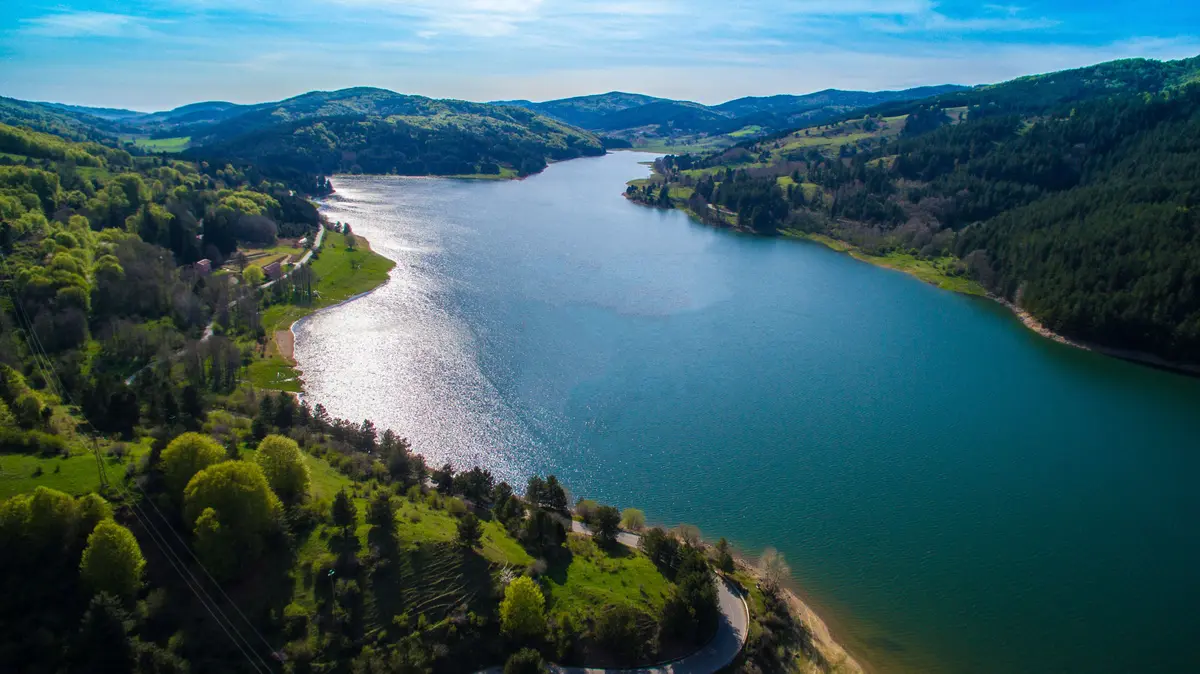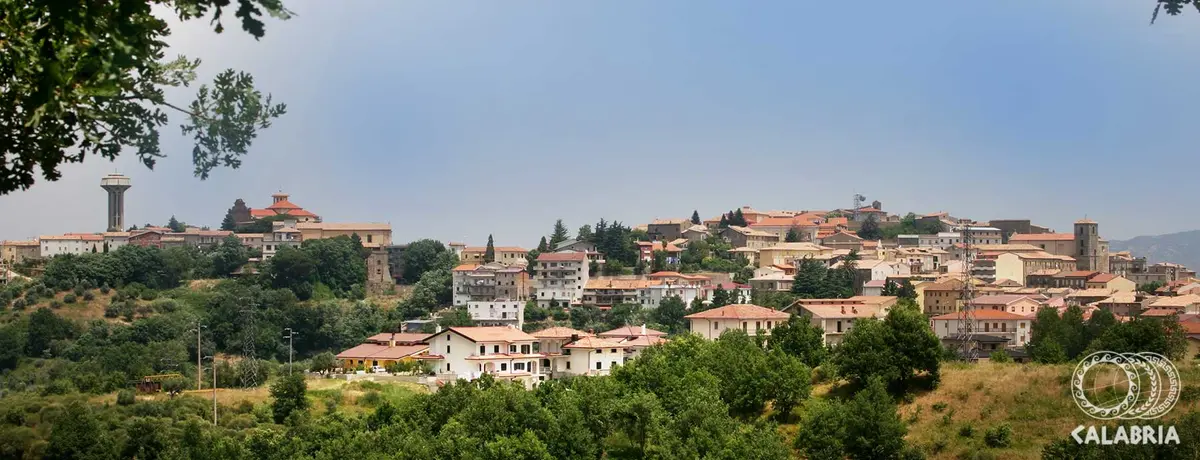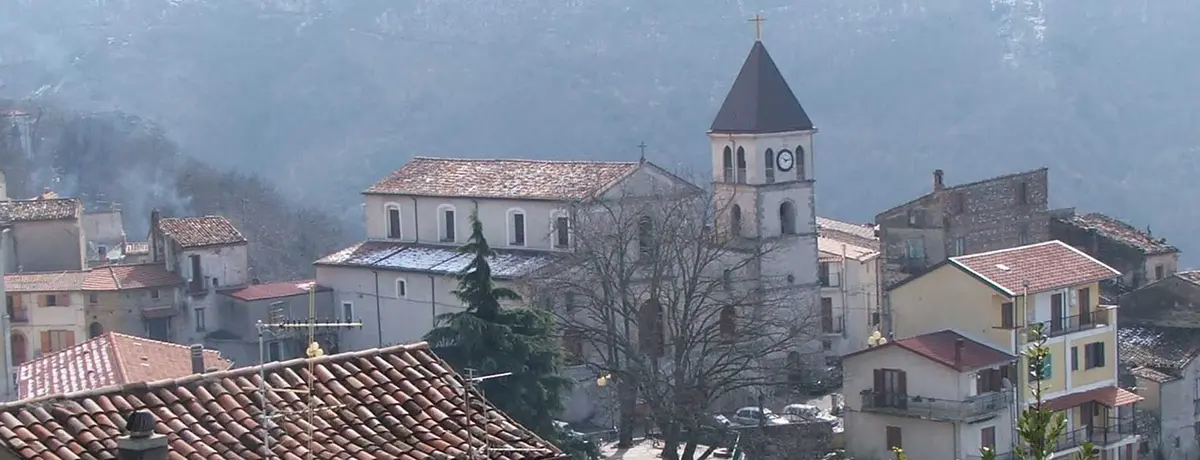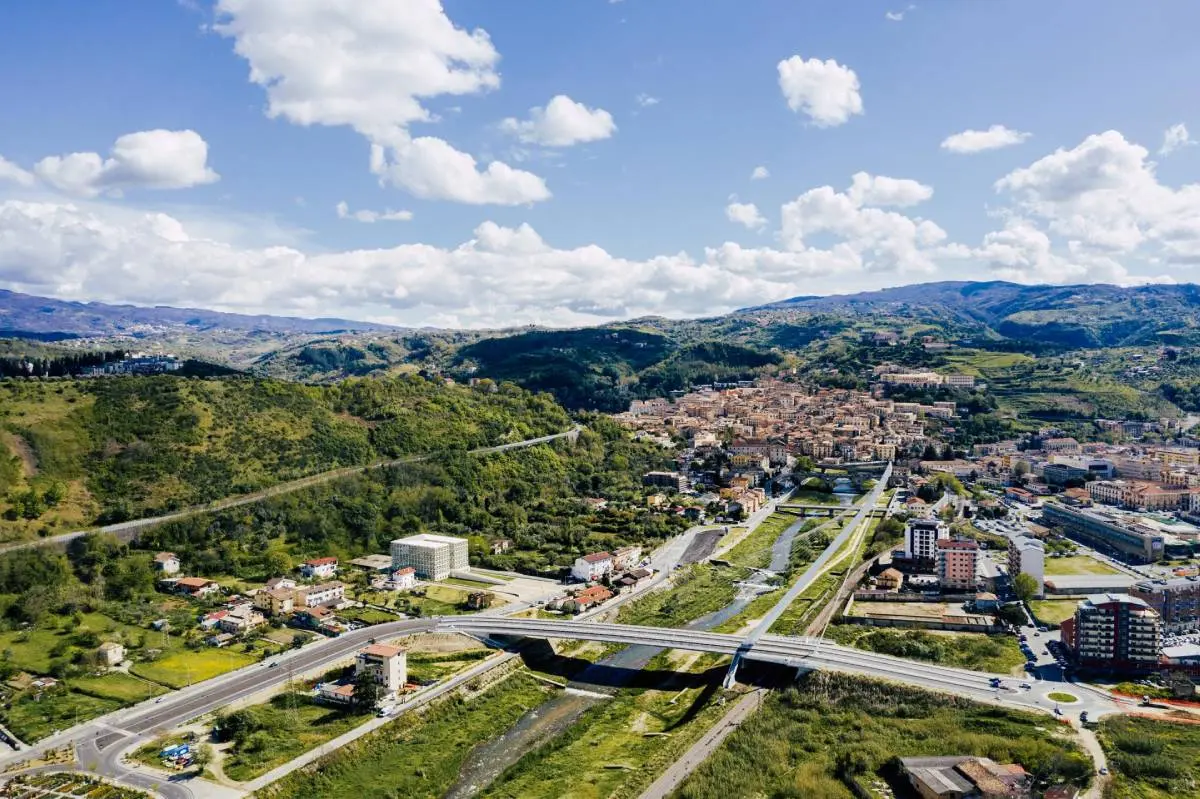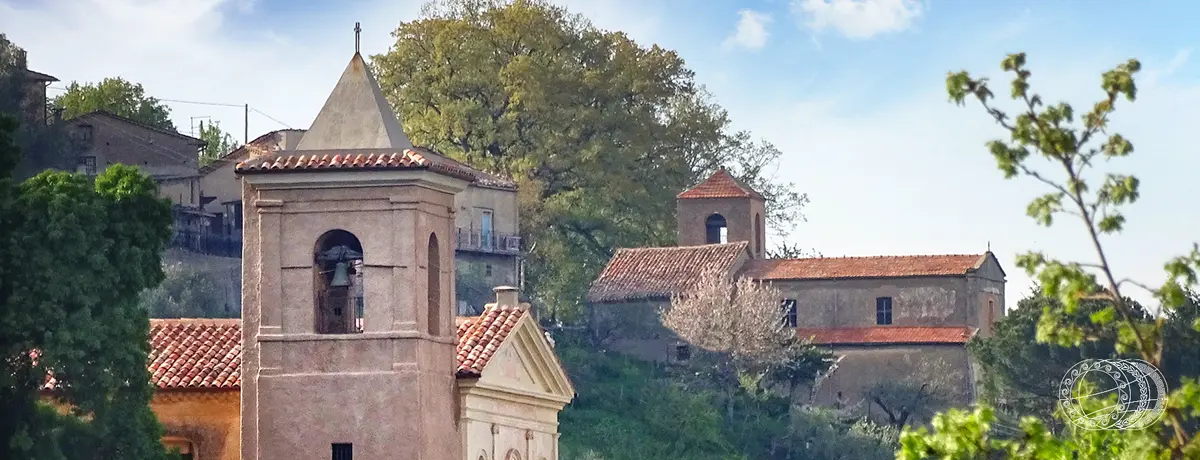Celico
Celico, Gioacchino da Fiore's cradle of the Sila

Mountain
Regione Calabria
Celico is located at the foot of Monte Serra Stella, halfway between Cosenza and Camigliatello Silano, at an average altitude of approximately 800 metres. Like other municipalities of Presila, Celico was one of the old hamlets of Cosenza, where, following the Saracen raids on the way to the town of Cosenza, the Cosentini sought refuge in an area where small villages inhabited by shepherds already existed.
Celico's hisrtory is closely linked to that of the Abbot Gioacchino da Fiore, who was born there in 1130. One of the symbolic figures of the medieval period and founder of the monastic order of San Giovanni in Fiore.
Celico's history is closely linked to that of the Abbot Gioacchino da Fiore; one of the symbolic figures of the medieval period, who was born there in 1130.
Also mentioned by Dante in The Divine Comedy, Gioacchino is one of Calabria's most important historical and religious figures. As a result of this event, Celico became the most important centre of the Casali, becoming a place of pilgrimage and visited by scholars. Additionally, Celico's artistic heritage is therefore linked to this important figure. Celico is a place full of history but also of natural beauty, given that important areas of the Silan Plateau can be found within its region, such as Fago del Soldato and the small rural districts of Lagarò, Salerni, Muzzo, Torrebarone, Calamauci and Serra Giumenta. Furthermore, more than half of lake Cecita can be found within the region. In the past, agriculture was the main activity together with the wood industry and the breeding of livestock. Some craft activities such as the production of wool and silk fabrics were quite significant, including the via Gelseto which provides us with information on specific activities, i.e. the cultivation of mulberry trees for silkworm rearing. Today agriculture remains an important activity on the plateau and essentially concerns animal husbandry and the growing of potatoes.
The Churches
The parish church of San Michele, whose first building, according to some, dates back to the IX century houses numerous great works of the sixteenth and seventeenth centuries. One of the church’s small gems is a glass goblet, perhaps of the 3rd century. The ceiling painted by Cristoforo Santanna is noteworthy. Also worth a visit is the Parish Church of Minnito, dedicated to San Nicola di Bari, built during the Sixteenth Century, as we are led to believe by an inscription on the portal. In Minnito, the church of Santa Sofia also deserves a visit. The church of the Assunta is also of great interest and stands on what was once Gioacchino da Fiore's home; the church of the Annunziata (also known as Chiesuola) built near the end of the Fifteenth Century; the beautiful rural church of Santa Maria di Monte Carmelo, nestled among the chestnut woods of Monte Nocilla; the ruins of the Church of Santa Maria Visita Poveri and the church of Sant'Antonio, once upon a time also known as “Chiesa Piccola”. Celico is the birthplace of the Economist Antonio Serra, who lived during the XVI century.
Museum of rural traditions of the Silan Plateau
Set up in 2003 by the group "Vagabondaggi sulle tracce di Norman Douglas” (a stroll through the traces of Norman Douglas) to document the working environments and traditional household of the Silan Plateau. The museum is divided into an introductory section that explains the context through printed material and photography from the Historical Archive of the ARSSA, and by four thematic sections: woods, meadows, fields and the Casino Lupinacci. The first three sections represent the traditional activities carried out on the plateau (harvesting of timber, transhumance, cultivation of wheat and potato); the fourth section, instead, explains the history and architecture of the seventeenth-century building of the Lupinacci family, first inhabited stable settlement of Lagarò, documents a cross-section on traditional environments.
Useful information
What to know about Celico
Where to Sleep
There are 7 available accommodations.
Places
There are 1 places to visit.
Infopoint Celico
Via Roma, 63, Celico
No result


